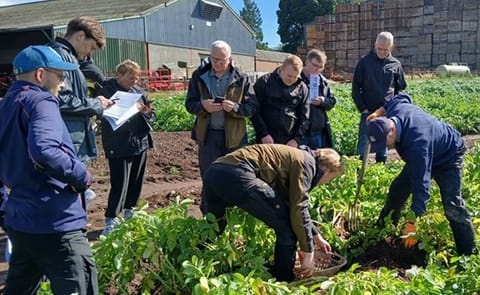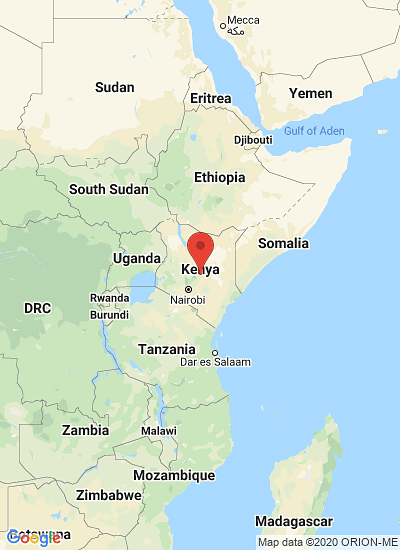Commercial production of apical cuttings of potato, Stokman Rozen Kenya (Courtesy: M. Parker/CIP)
Catalyzing a greater supply of seed potato in Kenya
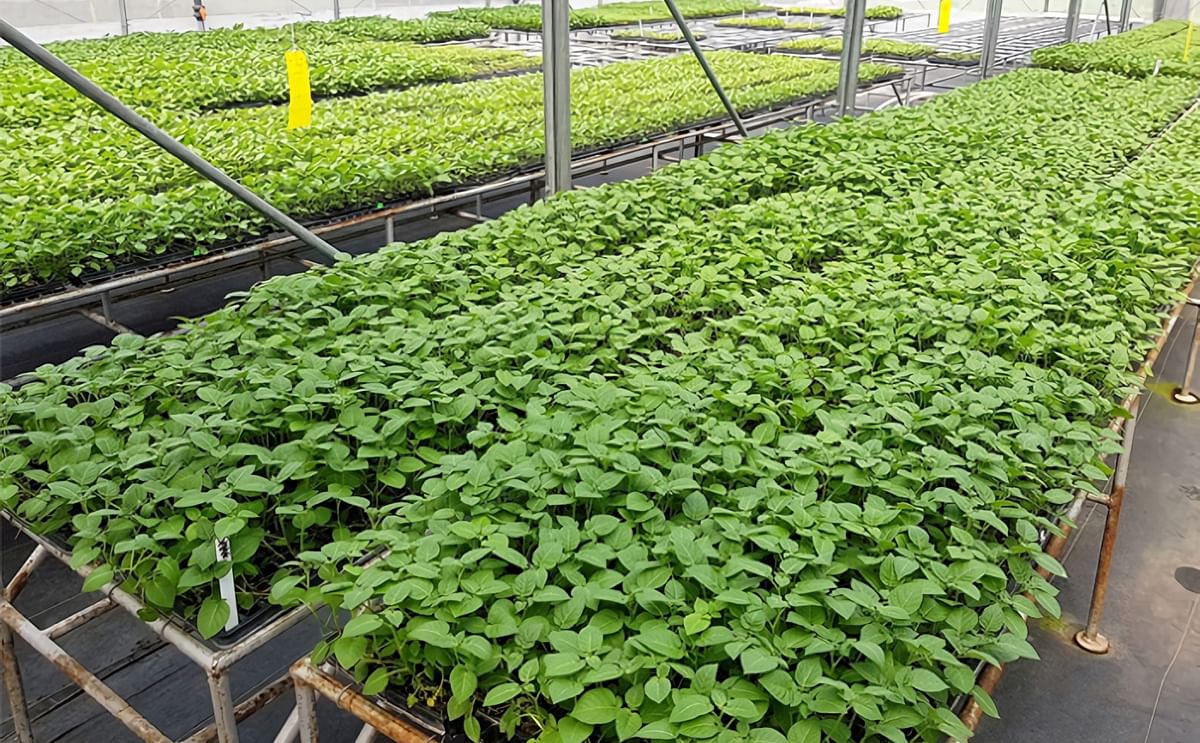
As a food security crop and cash crop, potato is a source of income for farmers, traders and sellers. In Kenya alone, potato creates employment for 2.5 million people along the value chain amounting to an estimated annual worth of USD 480 million.
Yet farm incomes in Kenya, and other African countries, are hindered by low yields: 8-15 tonnes per hectare, which is about half of what smallholder farmers could achieve with better inputs and practices. Limited access to clean planting material is a major barrier to increasing productivity.
Most potato farmers in Africa plant poor quality seed they save from the previous harvest or purchase from unregulated local markets. Often infected with disease, this seed potato performs poorly. Thus, expanding farmer access to quality seed of improved potato varieties is essential to boosting yields and earnings.
Apical rooted cuttings technology was introduced into Kenya to ramp up production of high-quality seed by the International Potato Center (CIP) through the Feed the Future – Kenya Accelerated Value Chain Development program of the United States Agency for International Development with additional support from the CGIAR Research Program on Roots, Tubers and Bananas.
The technology was developed years ago by scientists from the Vietnamese Research Center for Experimental Biology and CIP. This innovation has greatly improved potato yields by address seed gaps and improving farmer access to seed. In Kenya, CIP is partnering with Farm Input Promotions Africa (FIPs), and county governments of Kiambu, Nakuru, Uasin Gishu and Meru to scale out this work.
Scaling up seed production
Seed potato multiplication rates for potato are low compared to other crops—approximately 10 seed tubers can be produced per plant, compared to as much as 200 for grains. This low rate leads to shortages of quality seed, forcing farmers to plant sub-standard tubers, which leads to sub-optimal harvests.

Field production of first-generation seed potato from apical cuttings (Courtesy: P. Wauters/CIP)
Apical cuttings provide an alternative to minitubers to accelerate seed production. There are two stages in cuttings systems: production of cuttings in a screenhouse, then change of hands to a seed producer or farmer to plant cuttings in the field to produce high numbers of seed tubers.
Apical cuttings are produced from in-vitro plantlets by rooting new shoots then transplanted in the field where each cutting produces 10-20+ tubers. Just one tissue culture plantlet can produce 100+ cuttings, which, in turn, results in 1,000–2,000 first generation tubers that become starter material for successive generations of seed in the field.
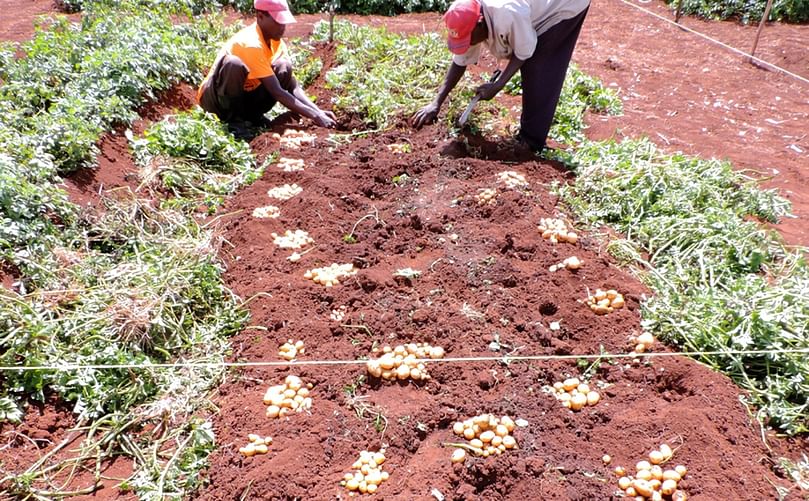
Harvest from apical cuttings, noting each mound is from a single plant (Courtesy: B. Kisinga/CIP)
Apical cuttings offer opportunities for seed production in areas with insufficient land for traditional seed bulking and crop rotation and accelerate disseminating novel varieties. Farmers can also plant apical cuttings in nursery beds to produce seed on-farm, a tactic that has been successfully implemented in Kenya.
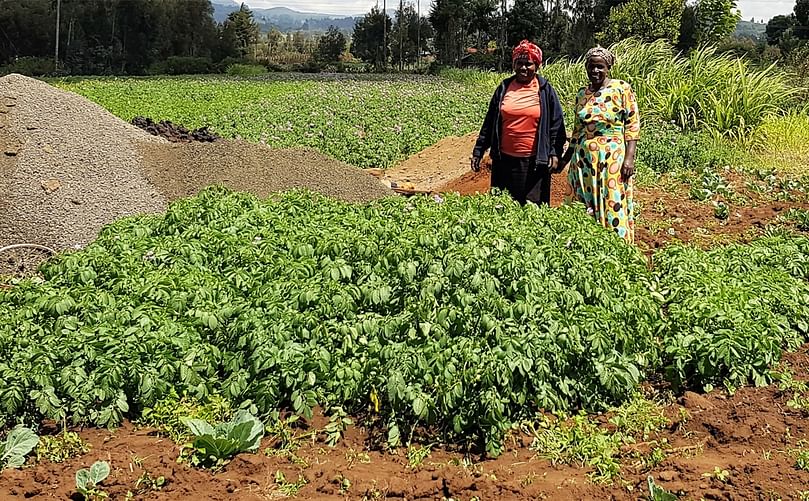
Farmer producing seed potato on-farm in a nursery plot from apical cuttings from a rural nursery, farmer left, nursery owner right (Courtesy: M. Parker/CIP)
In just two planting cycles (one year), these cuttings can generate approximately 2,400 and 3,600 tonnes of high-quality seed potato, sufficient to plant 1,200 and 1,800 hectares worth USD 1.3 and 2 million, respectively.
A growing number of small-scale seed ‘multipliers’ and smallholder potato farmers have begun purchasing cuttings to produce seed. One of them, Cecinta Nduru, used to grow potatoes for the local market but now earns more income as a seed producer. With training provided by FIPs and CIP, she began producing apical cuttings from tissue plantlets in her small nursery.
Cecinta Nduru:
"This technology gives very high returns for farmers who buy cuttings, in terms of seed quantity and quality."Apical cuttings have the potential to greatly expand the supply of seed potato. This appropriate technology is poised to contribute significantly to improving access to seed, which will be the foundation for higher yields and incomes for Kenyan farmers – and farmers everywhere – in the future.




